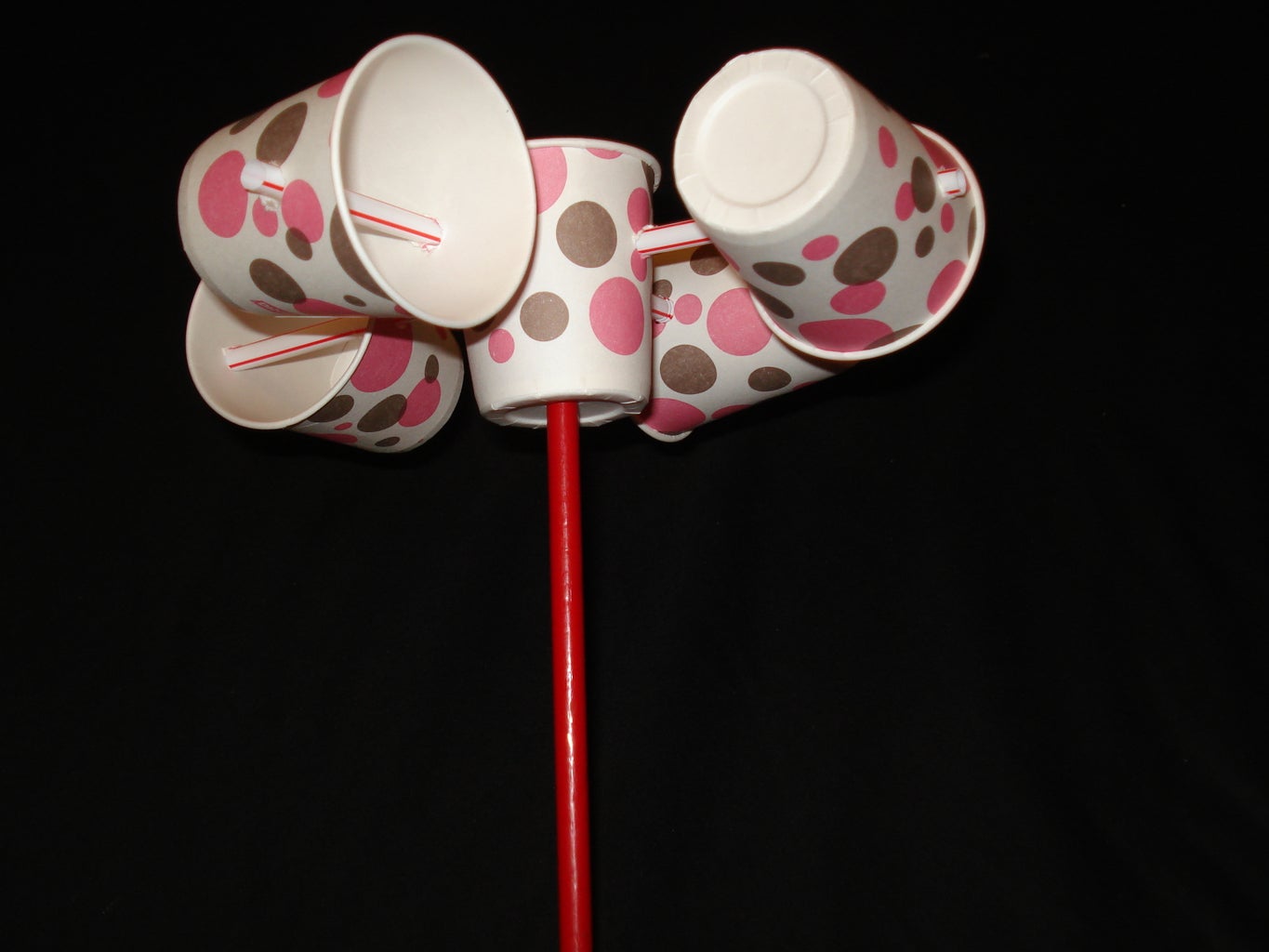How an Anemometer Can Improve Your Weather Tracking System
How an Anemometer Can Improve Your Weather Tracking System
Blog Article
All You Required to Understand About Anemometers: How They Work, Why They Matter, and Where to Use Them
Anemometers, however usually neglected in the world of clinical instruments, play an important duty in different areas, using valuable understandings into wind rate and airflow patterns. Recognizing the auto mechanics behind these devices is crucial for any individual seeking to harness the power of this data. From meteorologists tracking climate patterns to engineers creating frameworks with wind loads in mind, the applications of anemometers are far-ranging and diverse. As we explore the complexities of anemometer technology, we will certainly uncover the internal functions of these devices, their importance, and the essential considerations when selecting the best anemometer for certain applications.

Anemometer Fundamentals
An important tool utilized to gauge wind speed and instructions, the anemometer plays a crucial function in meteorology and numerous markets. An anemometer typically is composed of three or 4 cups that revolve in the wind, a vane that points right into the wind, and sensing units to track the turnings or movements.
There are different kinds of anemometers available, including cup anemometers, vane anemometers, hot-wire anemometers, and sonic anemometers, each with its unique attributes and applications. Cup anemometers are frequently made use of for basic wind speed dimensions, while vane anemometers are favored for directional measurements.
Principles of Anemometer Procedure
Structure on the fundamental understanding of anemometer basics, the principles of anemometer operation elucidate the auto mechanics behind wind speed and instructions dimensions. Anemometers run on the concept of air movement influencing a sensor, causing it to rotate. Cup anemometers, as an example, have 3 or more mugs that capture the wind, triggering them to spin much faster as the wind rate increases. The rotation speed is then converted into a wind speed measurement. Vane anemometers, on the other hand, use a tail or a probe that aligns itself with the wind direction, providing a measurement of wind direction based upon the alignment of the sensing unit. Hot-wire anemometers rely upon a warmed cord that cools as wind overlooks it, with the rate of cooling down establishing the wind rate. Ultrasonic anemometers procedure wind rate and direction by examining the moment it takes for ultrasonic signals to travel in between transducers. Understanding these concepts is important for trusted and exact wind measurements in various applications.
Relevance of Anemometers
Anemometers play a critical the original source duty in measuring wind speed and direction, providing vital data for weather condition projecting, environment research studies, ecological tracking, and air travel operations. Meteorologists depend on anemometers to gather precise wind data, aiding them recognize climate patterns, forecast tornados, and problem timely warnings to the public. Wind farm drivers make use of anemometers to examine wind conditions and make the most of electrical power production from wind generators.
Applications Throughout Different Industries
In the eco-friendly energy sector, anemometers play a vital duty in examining wind problems for wind ranch positionings, making certain optimal energy production. Industries like building and mining make use of anemometers to keep an eye on wind speeds, critical for safety protocols, particularly when functioning at elevations or in open-pit mines where solid winds can pose threats. In agriculture, anemometers this hyperlink aid farmers in taking care of crop spraying by providing real-time data on wind rate to prevent drift.

Selecting the Right Anemometer for Your Needs
For general objectives, a mug anemometer is suitable for determining wind speed, while a vane anemometer supplies wind direction information. Hot-wire anemometers are ideal for low airspeed dimensions, and ultrasonic anemometers use high precision and durability.

Final Thought
In verdict, anemometers play an essential function in measuring wind speed and instructions throughout numerous sectors. It is essential to consider the importance of anemometers in order to make enlightened choices when picking the most appropriate device for determining wind conditions.
There are different kinds of anemometers offered, consisting of cup anemometers, vane anemometers, hot-wire anemometers, and sonic anemometers, each with its distinct functions and applications. Cup anemometers are commonly utilized for fundamental wind rate dimensions, while vane anemometers are favored for directional measurements. Hot-wire anemometers are suitable for low airspeeds, and sonic anemometers are perfect for high-precision measurements in study and commercial setups.Structure on the foundational understanding of anemometer basics, the principles of anemometer procedure elucidate the technicians behind wind rate and instructions dimensions. For general purposes, a cup anemometer is suitable for gauging wind speed, while a vane anemometer offers wind instructions data.
Report this page